3 Memorable Road Trips Through South Dakota
There’s a lot more to South Dakota than four presidents carved in a mountainside. Katie Jackson shares her remarkable discoveries on her travels through the Badlands, the Black Hills, and Custer State Park.
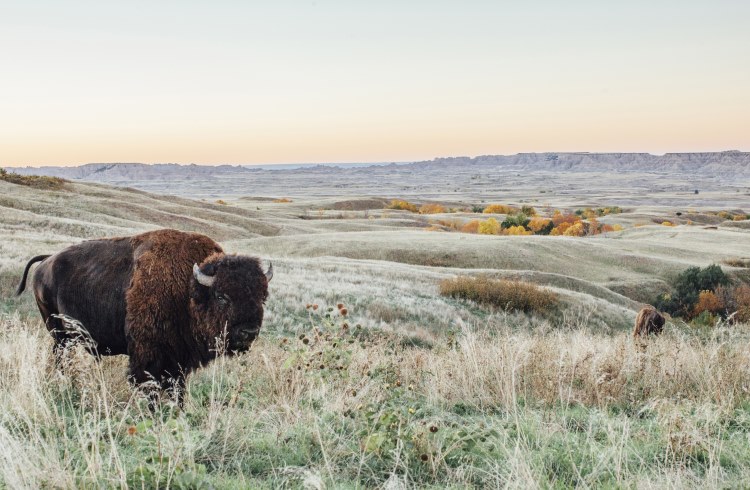 Photo © Getty Images / Cavan Images
Photo © Getty Images / Cavan Images
- Devil’s Tower, Sturgis, and the Black Hills
- Mount Rushmore, Crazy Horse Monument, and Custer State Park
- The Unforgettable Corn Palace, Wall Drug, and Badlands National Park
Wedged between my brothers on the back seat – that’s how I road-tripped through South Dakota the first time. South Dakota meant Mount Rushmore to us kids. But before reaching the famous rock faces, we encountered another unforgettable stone body part.
Where History and Superlatives Are Made: Devil’s Tower, Sturgis, and the Black Hills
My Dad called it Devil’s Thumb, but officially, the skyscraping butte on our 1997 road trip from Montana to South Dakota is Devil’s Tower National Monument. In 1906, it was designated the first United States National Monument, and in 1977, made famous by the film Close Encounters of the Third Kind. Today, this Wyoming landmark is revered by rock climbers and Native Americans (who believe it’s sacred and want to rename it Bear Lodge). We didn’t have time to climb it on that trip. Just 60mi (97km) beyond, the Black Hills beckoned.
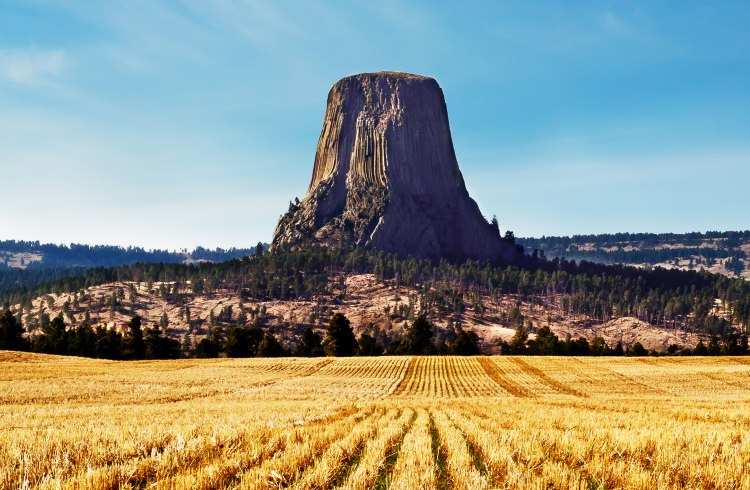
Behind the wheel, my best friend from college riding shotgun, is how I road-tripped through South Dakota the second time. The highlight of that 2015 adventure is a toss-up between climbing Black Elk Peak – the tallest point east of the Rockies – and experiencing downtown Sturgis, during Sturgis, the world’s largest motorcycle rally. Every August, the population explodes from 6,000 to 500,000 as the rally takes over this small town on the border of Black Hills National Forest.
From a distance, the Black Hills look black. Up close, they look like any other rolling hills blanketed in green pine trees – except they’re the site of Deadwood, once home to the legendary Who’s Who of the Wild West. It’s where my brothers and I flinched during the Main Street Shootout reenactments. I’ll never forget watching Wild Bill Hickock get assassinated, fake bullets and blood flying, while the crowd cheered. It’s where we visited the grave of his lover/companion, Calamity Jane, and learned how gold rushes boom and bust. We also stayed in a Holiday Inn that was once a mining plant processing millions of dollars in gold – aka a “slime plant” after the nickname for the gold before it’s purified.
Hands down, though, the Black Hills’ most famous residents aren’t in Deadwood. They’re carved into the hillsides outside of Keystone.
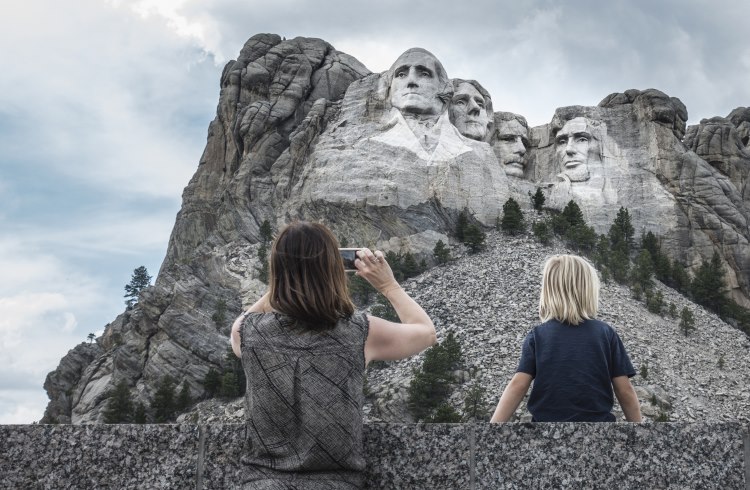
Humbled by Mount Rushmore, Crazy Horse Monument, and Custer State Park
Pedaling a hybrid bike, as part of a six-day rail-to-trail cycling trip with Austin Adventures, is how I saw South Dakota the third time. Our tour guide, along the 109mi (175km) Mickelson Trail, made sure we reached Mt. Rushmore by sunset, when they do the flag lowering ceremony and honor veterans in the crowd. One of the cyclists in our group had served in Vietnam. On stage, in front of hundreds of visitors, he held one of the corners of the flag. I think he cried while helping fold the hallowed piece of fabric.
While Mount Rushmore is memorable for its symbolism, the far-from-finished Crazy Horse monument, commemorating the great Oglala Lakota leader, is memorable for its sheer size. Once completed (if ever), it will be 10 times the size of Mount Rushmore, and will become the world’s largest rock carving.
We ended our visit at nearby Custer State Park. Imagine driving a wildlife loop where you encounter antelope, bison, elk and even wild burros before sitting down to dinner at the State Game Lodge (President Calvin Coolidge’s “Summer White House”) where most of what you saw earlier is on the menu. It was here, at the age of 26, I lost my rattlesnake and rabbit virginity.
The Unforgettable Corn Palace, Wall Drug, and Badlands National Park
My other most epic epicurean South Dakota memory is picking popcorn ball remnants out of my teeth at the “World’s Only Corn Palace.” Imagine a massive, secular mosque comprised entirely of corn kernel mosaics, planted in the middle of Mitchell, South Dakota, just another dot on the map along the interstate. It’s about as bizarre as it gets – unless you’re in South Dakota, where it’s impossible to drive 50mi (80km) without being tempted by a roadside attraction so wacky you have to take photos or the people back home won’t believe you.
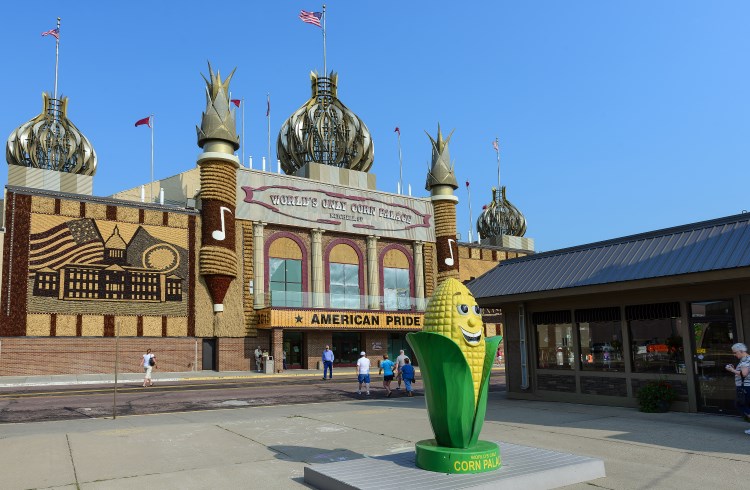
For example, there’s Wall Drug, home to the world’s most famous ice water. There are so many Wall Drug billboards and “free ice water” signs along I-90 that the idea of driving by the town of Wall (pop. 800) doesn’t seem physiologically possible. In fact, each year more than two million travelers visit. It’s just a small, frontier town-themed shopping center, but I remember my first visit to Wall Drug, as an eight-year-old, with the same fondness as I remember Disney World. Wall Drug is where a life-sized T-Rex model scared my brothers and I more than the entire Jurassic Park series. It’s where we spent our allowance on rubber-band guns, and our Dad, after one too many cups of Wall Drug’s famous five-cent coffee, convinced us jackalopes were real. Now, 21 years later, I choose to still believe. Who wouldn’t want to live in a world alongside giant rabbits with antelope antlers?
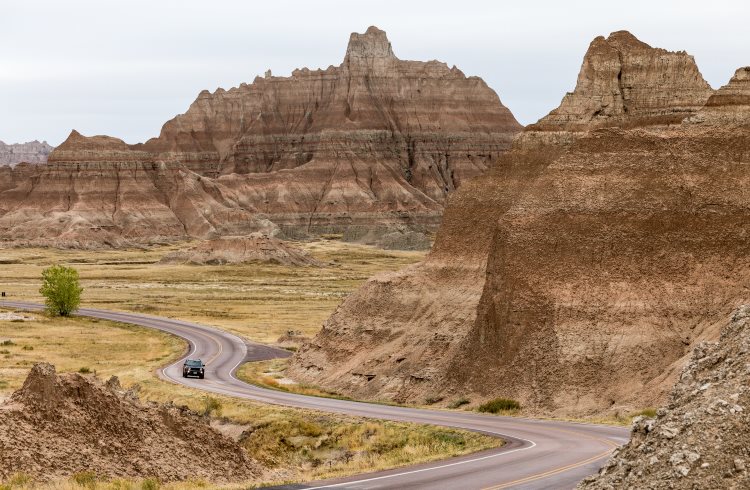
My attitude toward South Dakota’s Badlands is similar. If the Badlands are bad, then I don’t want to be good. Seven miles south of the six-foot-tall jackalope, and Wall Drug’s other man-made photo ops, is a national park with ethereal geological features you only expect to see in a Star Wars movie. Distinct layers of red, pink, and gray earth form dramatic, mini-mountain chains and abstract rock formations only scientists know by name. It’s where dinosaur bones are found during the day, and at night, you can see every single star. It’s also where my parents threatened to leave us if my brothers and I wouldn’t settle on a ceasefire. A backseat rubber-band gun battle was not what they’d signed up for when we’d set off for our family road trip.
But the rubber bands kept flying. If my parents were going to abandon us anywhere, it may as well be South Dakota. At least we wouldn’t be bored. And we’d never run out of free ice water.
Related articles
Simple and flexible travel insurance
You can buy at home or while traveling, and claim online from anywhere in the world. With 150+ adventure activities covered and 24/7 emergency assistance.
Get a quote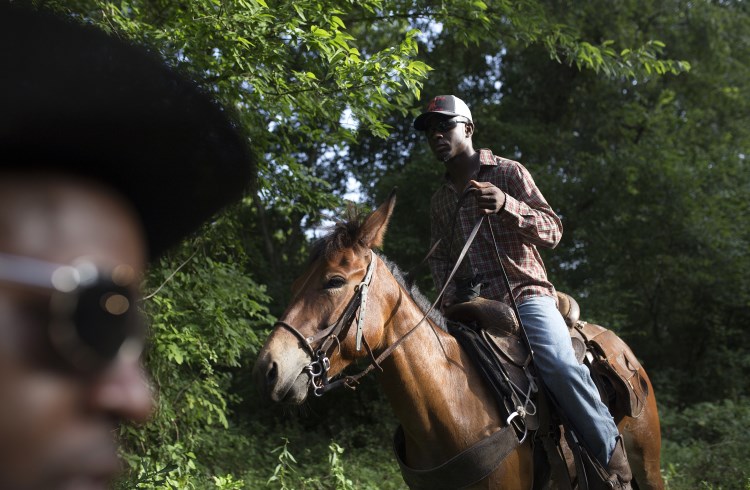
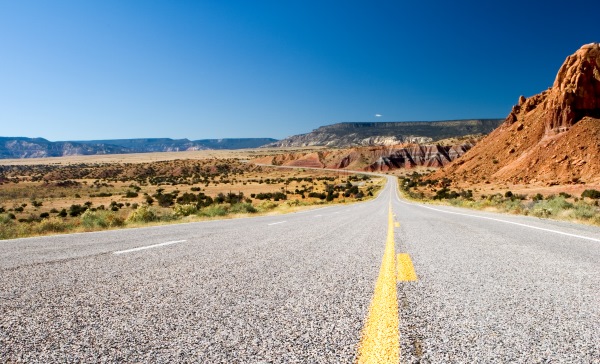
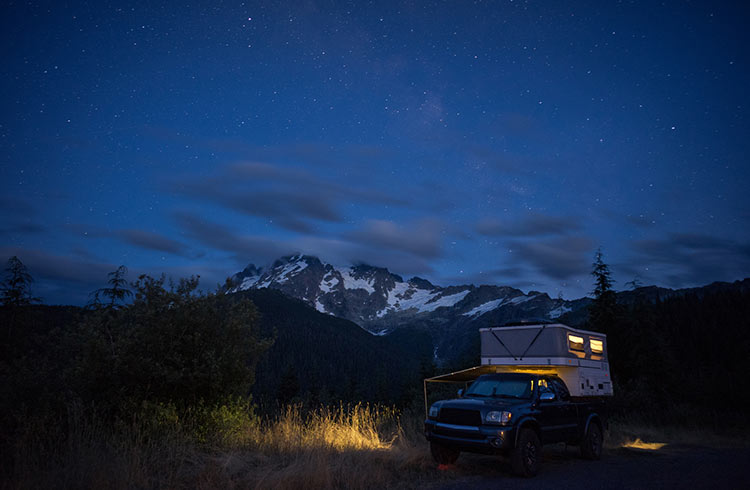
No Comments